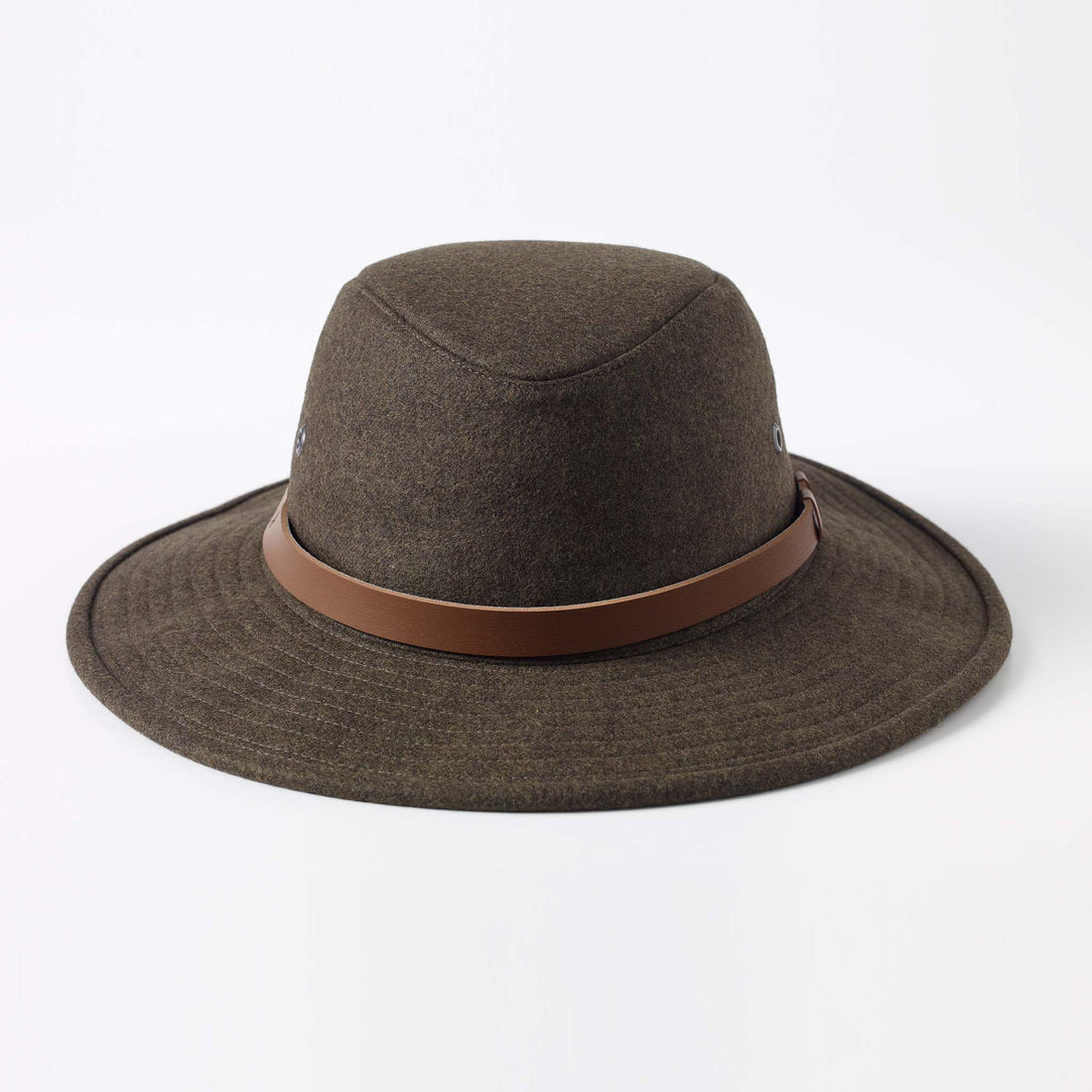
The Science Behind the Perfect Fall Trail Hat
As the air turns crisp and leaves crunch underfoot, fall hiking offers some of the most rewarding outdoor experiences. But with changing weather and unique trail conditions, your gear needs to adapt—starting with your hat.
The perfect fall trail hat isn’t just a style choice; it’s a carefully engineered piece of equipment designed to regulate temperature, shield elements, and enhance comfort. Here’s the science behind what makes a hat ideal for autumn adventures.
1. Thermal Regulation: Trapping Warmth Without Overheating
Fall temperatures can swing dramatically from morning to afternoon. The ideal hat acts as a variable insulator:
-
Material Matters: Merino wool or wool blends excel in fall because their natural fibers wick moisture while retaining heat even when damp. Synthetic blends with microfilament technology offer lightweight warmth without bulk.
-
Breathability Zones: Many performance hats feature strategic mesh panels or laser-perforated ventilation to release excess heat during uphill climbs while maintaining core warmth.
2. Weather Resistance: Shielding Against Wind and Moisture
Fall often brings gusty winds and sudden drizzles. The perfect hat balances protection and breathability:
-
Water-Repellent Finish: A DWR (Durable Water Repellent) coating causes moisture to bead up and roll off rather than soak through.
-
Wind-Resistant Construction: Tightly woven fabrics or laminated layers block wind chill without requiring heavy materials.
3. Brim Engineering: Optimizing Visibility and Protection
A well-designed brim does more than shade your eyes:
-
Angle and Width: A 2.5–3 inch curved brim shields against low autumn sun and light rain while maintaining peripheral vision for trail navigation.
-
Stiffness vs. Flexibility: Reinforced but pliable brims hold shape in wind but can be rolled or packed without damage.
4. Fit Psychology and Physiology
Comfort isn’t just physical—it’s neurological:
-
Weight Distribution: Hats under 3 ounces prevent neck strain during long wear.
-
Seamless Crowns: Flat-lock stitching or seamless knitting eliminates pressure points that can cause headaches.
-
Tactile Comfort: Brushed inner bands or hypoallergenic linings reduce irritation for sensitive skin.
5. Color Science: Visibility and Temperature
Your hat’s color impacts both safety and comfort:
-
High-Visibility Accents: Autumn’s low light and overcast skies make earthy tones risky. Subtle reflective logos or bright interior brims enhance visibility without sacrificing style.
-
Heat Absorption: Dark colors retain heat; light colors reflect it. Choose darker shades for cold mornings or lighter tones for sunny afternoons.
